Protect Yourself from Lead in Lipstick
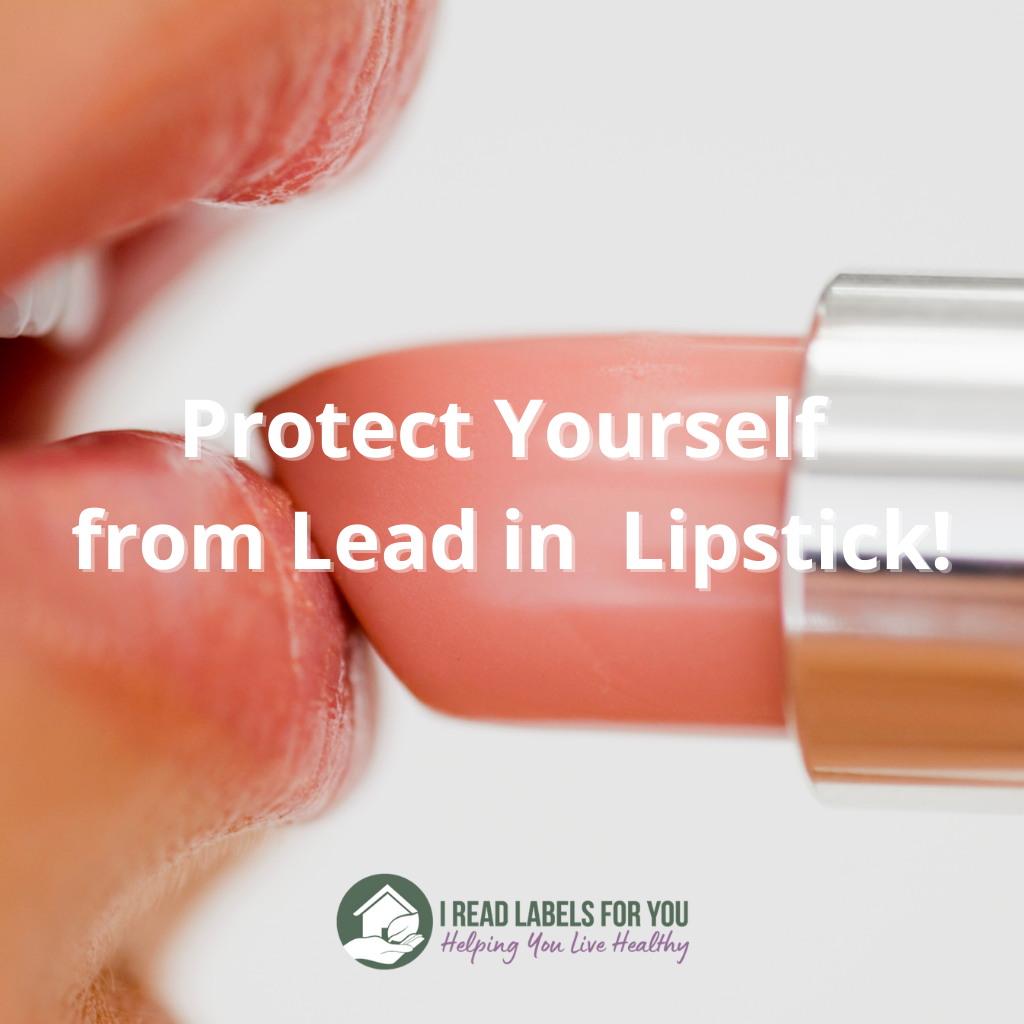
Have you ever wondered what is in your lipstick? On average, a lipstick contains 20-40 ingredients. However, a lipstick tube is too small to write on and manufacturers take advantage of this fact. At the same time, women who wear it every day deserve to know what exactly they are exposed to. For instance, did you know that there may be lead in lipstick? In this post, we will talk about the dangers of lead and other heavy metals in cosmetics. Additionally, you will uncover some harmful lipstick ingredients and get tips on how to avoid them. Also, keep reading to find out my safest lipstick suggestions.
How lead in lipstick was brought to light
To begin with, back in 2013, lead in lip products was in the news for a couple of months. Indeed, it seemed like everybody was discussing it: Forbes, CBS, Washington Post, USA Today, TIME, Healthland, Urban Legends, and Chronicle. The short version of what happened is as follows.
In December 2011, the FDA posted the results of lead testing of 400 lipsticks on its website (source). Actually, the original lead test had been done in 2007 under pressure from the Campaign for Safe Cosmetics. To clarify, it is a consumer advocacy organization coalition, including the Environmental Working Group and Women’s Voices for the Earth.
So, the tests revealed that Maybelline and L’Oreal lipstick lead levels were 7.19 parts per million (ppm) and 7.0 ppm, respectively. For your reference, the US limit of lead in drinking water is 15 parts per billion. Also, California’s Proposition 65 requires companies to place a warning on products for reproductive toxicity if they expose consumers to more than 0.5 micrograms per day. Nonetheless, the FDA concluded that those amounts of lead did not pose any health risk. But I suggest you draw your own conclusion about the safety of lead in lipstick based on all the information available.
How bad is lead as one of many lipstick ingredients?
There are several points to consider in answering this question.
First, the Environmental Working Group (EWG) rates lead 10 out of 10 (with 10 as the most toxic) (source).
Second, the International Agency for Research on Cancer (World Health Organization) classifies lead as “possibly carcinogenic to humans” (source).
Third, the US National Toxicology Program has classified it as “reasonably to be anticipated to be [a] carcinogen[]” (source).
Next, the state of California has it on the list of “Chemicals Known to the State to Cause Cancer” (source).
Furthermore, scientists recognize lead as a reproductive toxin and link it with infertility. Moreover, they consider it a developmental toxin as it can cross the placenta and damage the fetal brain (source).
In addition, lead is a proven neurotoxin that can cause learning, language, and behavioral problems (source).
Finally, lead is bioaccumulative and persistent in wildlife. In other words, it builds up in our bodies and does not break down easily in the environment (source).
What are the amounts of lead in lipstick?
According to the FDA, up to 10 ppm of lead does not pose a risk to health (source). Besides, the FDA reminds us that lipstick is for topical use, not for ingestion. To compare, the FDA’s recommended upper limit of lead in candies is 0.1 parts per million. Although it is true that candy consumption is higher than that of lipstick, there are some facts to consider.
First, women wear lipstick every day of their lives. Since they may ingest it while eating or drinking, lipstick ingredients become an issue of importance.
Second, young children, who are at the highest risk of lead poisoning, may eat it accidentally. Plus, parents who are unaware of lead problems may allow young children to wear lipstick. In addition, newborn babies are kissed with lipstick, and pregnant women wear lipstick, too. And remember that lead is bioaccumulative, which means it builds up in our bodies. Therefore, it would be good for a product to have a warning: “May contain lead. Keep away from children.”
By the way, the state of California concluded that if a lipstick contains 5 parts per million, the user of the lipstick may exceed the California Proposition 65 safe harbor limit of 0.5 micrograms per day. Therefore, the lipstick manufacturer would need to place a warning on their makeup products (source).
A bigger problem than lead in lipstick
It so happened that lead caught the public attention, but the problem is not just lipstick with lead.
Contaminants in cosmetics
To clarify, there are other heavy metal contaminants that might be present in lip products and in cosmetics in general.
For example, in their study of 32 lipsticks, researchers at the UC Berkeley School of Public Health found nine harmful metals including cadmium, chromium, and aluminum.
Further, such contaminants as arsenic, zinc, aluminum, and mercury may be present not only in lipstick ingredients. They may also be in lip gloss, mascara, powder, foundation, and even toothpaste (source). (Read my post Heavy Metals in Makeup to learn how they end up in makeup and how to avoid them.)
In other words, both conventional (made from petroleum or coal) and natural (mineral) makeup is susceptible to metal contamination.
Toxic ingredients in lipsticks
Even if lipsticks did not have contaminants, most of them would contain other potentially toxic ingredients. Indeed, lipstick is like sausage – if you saw how they make it, you would never want to use it.
Thus, most color additives are derived from petroleum, and some are still made from coal tar. Because both petroleum and coal tar are highly toxic, the FDA tests and certifies color additives derived from them. However, as an example, the FDA allows up to 20 parts per million of lead in color additives (source). And as we already know, the FDA’s views on the lead in lipstick issue are relaxed.
As a rule, an average lipstick contains 20-40 ingredients. However, most women never give any thought to their lipstick ingredients because they are not on the tube label.
Safety regulations in cosmetics industry
Another issue with cosmetics is that safety is very difficult to enforce. To illustrate, when the FDA sets upper limits for contaminants in cosmetic products, it specifies them as “recommended limits,” meaning it does not enforce them.
With the exception of color additives (excluding coal tar hair dyes) made from petroleum and coal tar, cosmetic products and ingredients are not subject to FDA premarket approval authority. But for several prohibited ones, any ingredient in a cosmetic product formulation is okay as long as it is safe. But who determines what is “safe”? While manufacturers are responsible for their products, the FDA has no authority to make them test their cosmetics for safety.
Imagine that until 2016, the FDA restricted or banned only 11 ingredients. In 2016, they banned 19 ingredients in antibacterial soap. For comparison, the European Union bans over 1,328 chemicals from use in cosmetics (source).
Above all, the cosmetic industry has not been doing a good job policing itself. Thus, in its over 30-year history, the Cosmetic Ingredient Review Expert Panel, an industry organization, has assessed less than 15% of cosmetic ingredients.
Anyway, these are the challenges US consumers are facing that are bigger than just lipstick ingredients.
What can you do about lead in lipstick?
Well, there are several steps you can take to protect yourself and your kids from lead.
To begin with, be aware of the fact that lip products may contain heavy metal contaminants.
Second, look at the list of 400 lipsticks and try to buy one that contains a low level of lead. However, remember that each shade may have a different lead content.
Third, try wearing lipstick only for special occasions and using certified organic lip balm for the rest of the time.
Next, make sure you wipe your lipstick off before eating or drinking.
Of course, keep all your cosmetics away from kids, and if pregnant or lactating, avoid wearing makeup. Although it may be hard to hear, believe me, you will be glowing with natural beauty!
I cannot emphasize the importance of this point enough: educate your daughters about dangerous chemicals in cosmetics and lipstick ingredients. When I was growing up, I had this inner knowledge that makeup was toxic. Though they did not teach this to us at school, I guess my mom did her job well.
Finally, ask cosmetics manufacturers how they minimize heavy metals in their products. I believe that cosmetics manufacturers need to test for heavy metals and show us their testing reports.
Conclusion about lead in lipstick
So, is there a way out for those of us who love wearing lipstick? Yes! The good news is that my favorite skincare and makeup company carries non-toxic lipstick you’ll love! What I like about it the most is how light and smooth it feels on my lips. Check it out and let me know what you think.
In conclusion, although we cannot eliminate all the heavy metal contaminants in cosmetics, we can do something about their amounts. Specifically, as consumers we should educate ourselves to be able to make informed decisions. In addition, we should let manufacturers know what kind of products we expect them to make. Write in the comments that you do not want heavy metals in cosmetics, so I can show them to manufacturers.
As usual, I welcome you to my shop where you can find a variety of healthy products for home and gifts. Also, if you need any help regarding non-toxic living, please book a consultation with me. And, feel free to join the Savvy Consumer Circle to have limitless access to the latest research in toxic-free living.
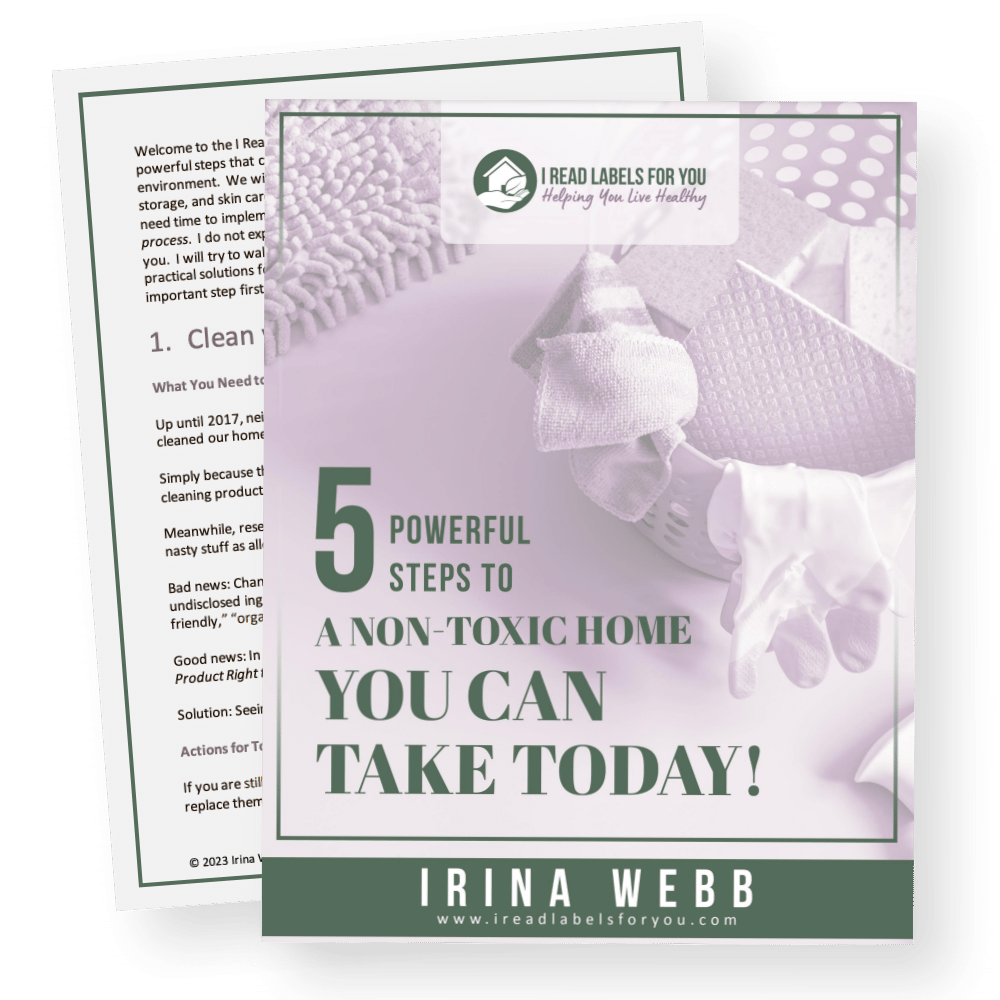
Download The Free Guide!
5 Powerful Steps To A Non-Toxic Home
Join our informed consumer community and get our free guide the “5 Powerful Steps To A Non-Toxic Home”.

 Written by
Written by 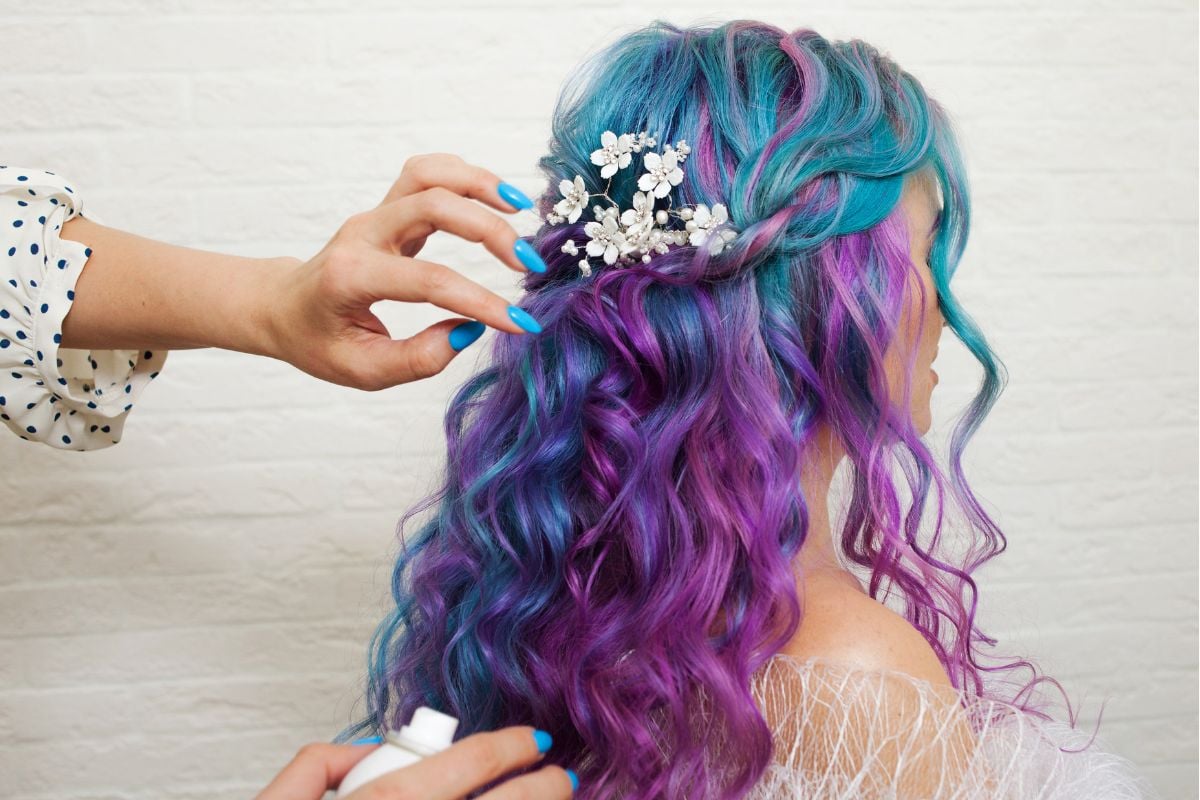

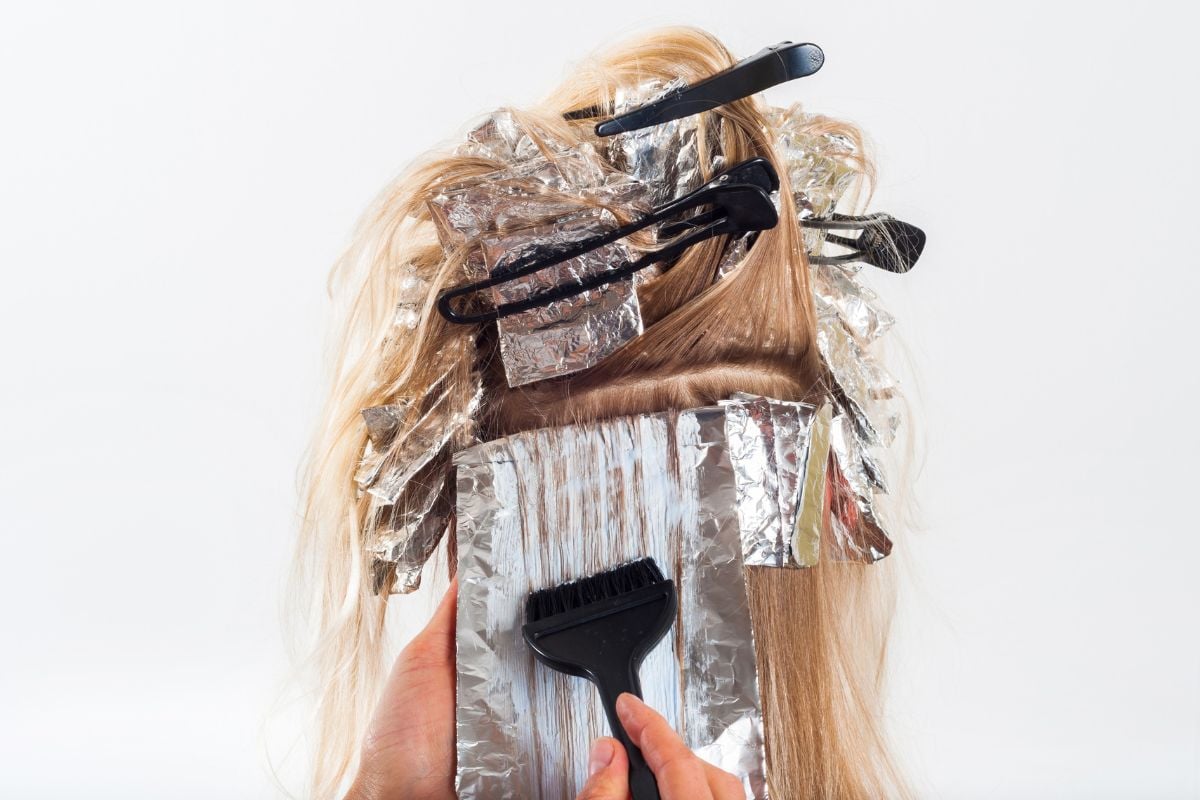

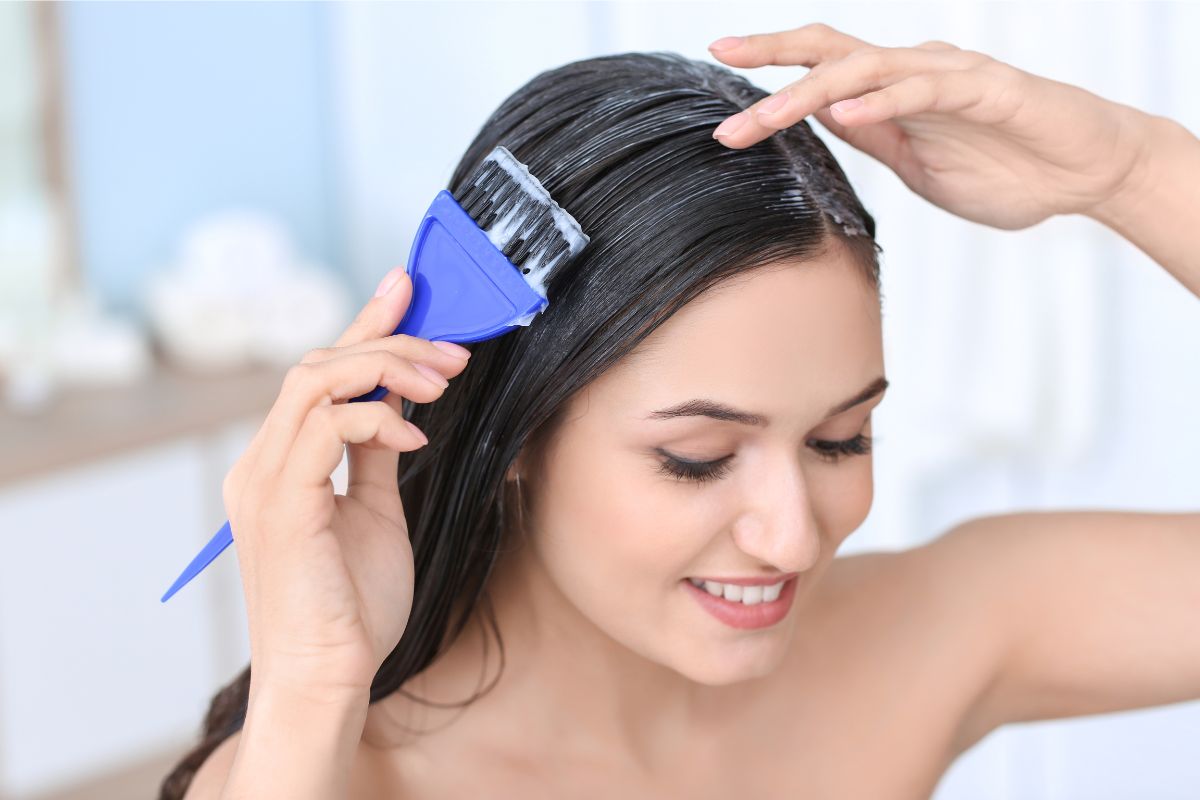
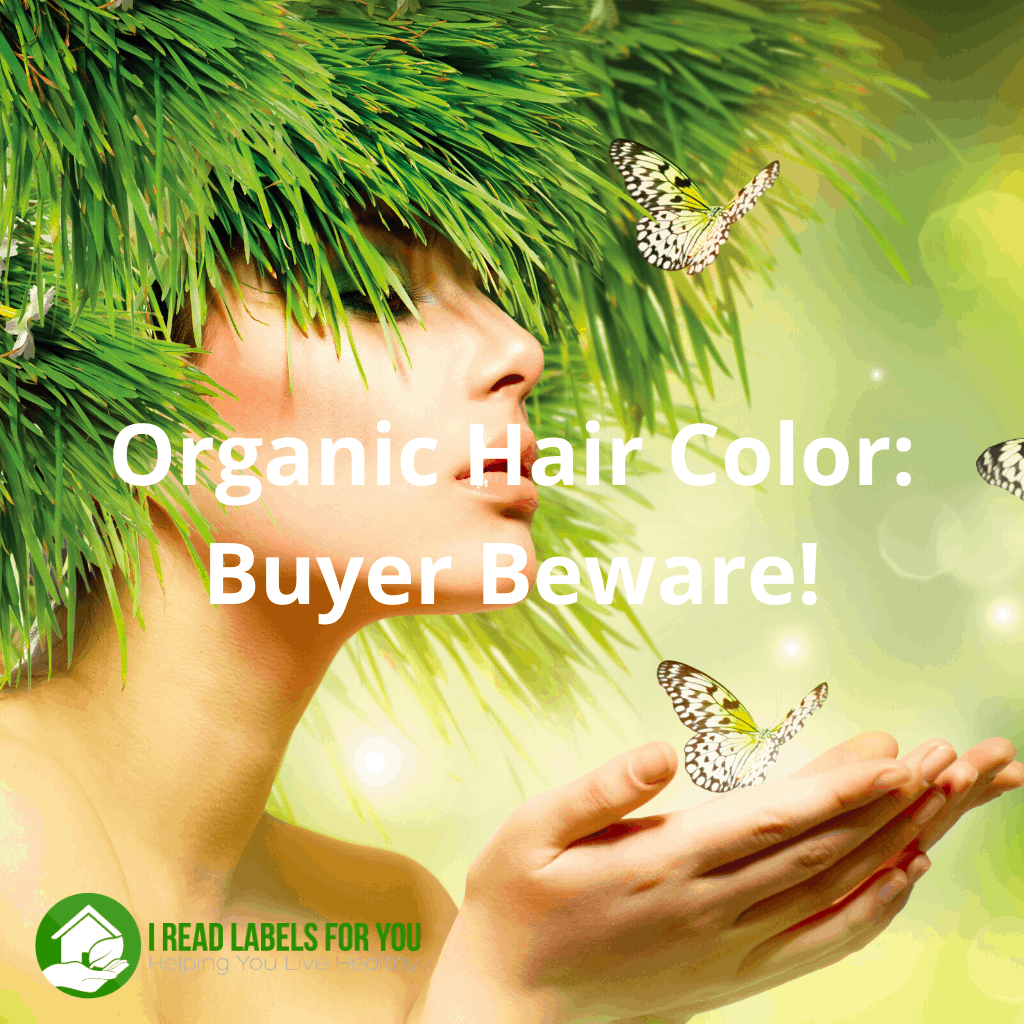
Could you please review for me Hemp Organics Brown Sugar Lipstick? I know you charge a small fee, so please tell me the cost of the fee. Thank you. Wendy Berg
Please follow the instructions here: https://ireadlabelsforyou.com/services/ingredient-review/
Hi Irina, thank you for this blog and hello from a fellow Eastern European in the US! 🙂 ever since my daughter was born a year ago I’ve been more concerned with toxins than ever – I guess being a mom does change you. I love checking your page for you opinions on products.
I recently saw your recommendation for Henne lip tints and bought some. Afterward, I realized that the formulation or the way they list the ingredients, at least, may have changed. On EWG, as well, the ingredient list from 2021 for Desire, for instance, shows Mica and Iron Oxides as ingredients, but the Henne website now lists Red Lake 40 and titanium dioxide instead. Also, I believe I saw that the packaging is aluminum, not glass. Does that change your recommendation and analysis of the product? what do you think of Red Lake 40 in lip products- it’s a synthetic food coloring made of petroleum, I believe, not a mineral based color?
Hi Anya! Thank you for reaching out to I Read Labels for You and your kind feedback! Also, thank you for drawing our attention to the changes in the Henne products’ ingredients. We would avoid products with synthetic colorants, such as red lake.
Can lead be labeled differently on websites and packages to cause confusion? Also thanks for your work.
Hi, Paula: Lead is a contaminant, not an ingredient. It is not to be listed on the packaging. ~Irina
Any progress on this issue regarding safer brands of lipstick? Thank you for the work you do!
Hi, Mary: there are some lipstick brands I like, heavy metal issue aside. Did you read my today’s post on mascaras? How do you feel about heavy metal test reports disclosure? ~Irina
Are there any safer brands for lipsticks ?
Hi, Pallavi! How are you? I have been working on it. Today I have just interviewed a company I am getting excited about. Stay tuned! 🙂 ~Irina
Beautycounter!